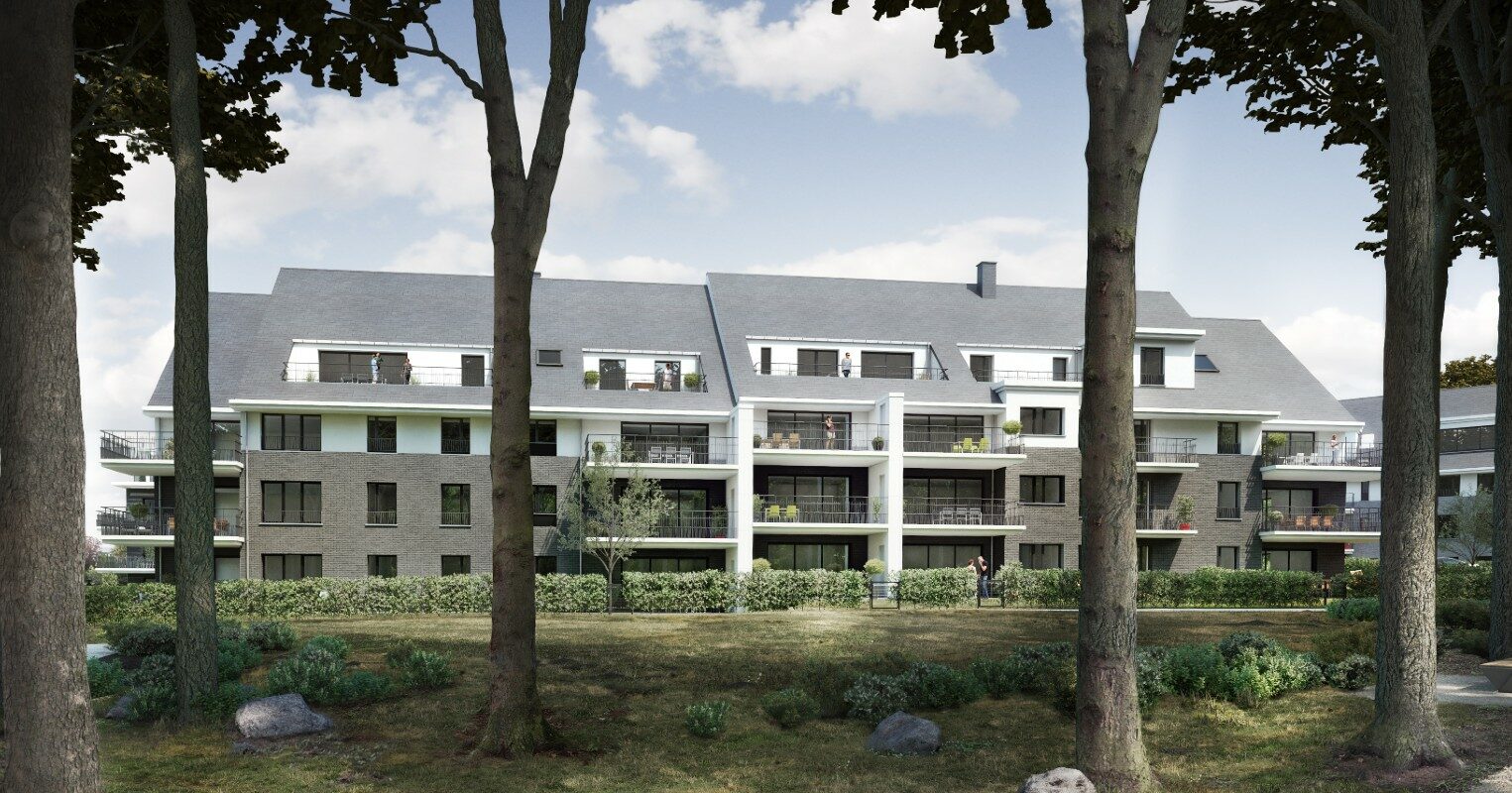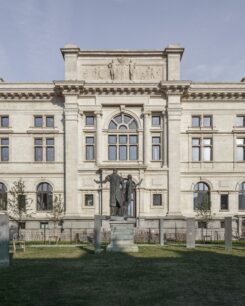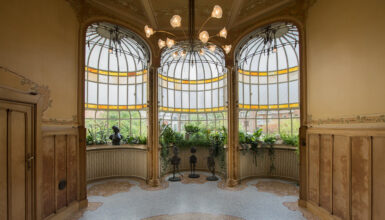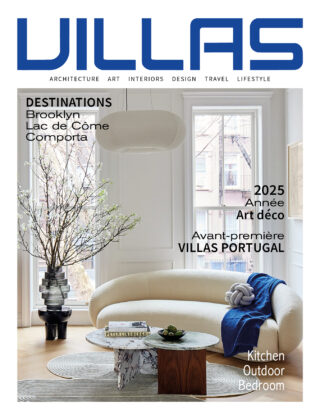Sommaire
Nearly Zero Energy Building: portrait of the new green standard
Nearly Zero Energy Building (NZEB) now applies to all buildings constructed after 2021. In other words, it is the new standard for buildings, which must now achieve near-zero energy consumption. This directive is one of the many steps taken to meet the EU’s goal of reducing CO2 emissions by 40% by the year 2030.
In concrete terms, NZEB buildings are optimally insulated and ventilated and therefore consume virtually no energy, most of which comes from renewable sources.
The benefits of Nearly Zero Energy Building are numerous:
- energy savings;
- comfort: no more heat loss or draughts;
- Property value: a building of this type is more competitive on the market over the years;
- and autonomy: thanks to renewable energy, a NZEB building is less dependent on fossil fuels.
Terra Nostra, a new ideal between Braine-l’Alleud and Waterloo
Many projects are being built with this ideal in mind. Between the cities of Braine-l’Alleud and Waterloo, the Terra Nostra project is becoming a reality: the symbol of a brand new district of around 450 homes, some shops, office space and services.
This project created an “ecological corridor” literally irrigating the site, through the creation of a common wood of 10,000 new trees planted according to the method of the Japanese botanist Akira Miyawaki. He is an expert in plant ecology; a discipline focusing on the relationship between the environment and the habitat.
“This ecological corridor offers residents a strong link with nature and the biodiversity it reinforces, thus contributing to the quality of the green spaces that will enliven the Terra Nostra neighbourhood and, more broadly, the entire Merbraine plateau”, explains Corentine Biron, in charge of communications at Equilis, the project’s property developer.
The second phase of the Terra Nostra project (which will consist of four phases in total) is expected to provide an additional 100 homes, to be started by 2023 and delivered two years later.
Terra Nostra has the particularity of relying on its close link with nature to offer real serenity to the homes and work spaces that make it up. It is built around green spaces designed to be as resilient as possible, but also public spaces which, through their typology and design, contribute to the dynamics of the district and its identity. The energy performance will be higher than the rules commonly in force.
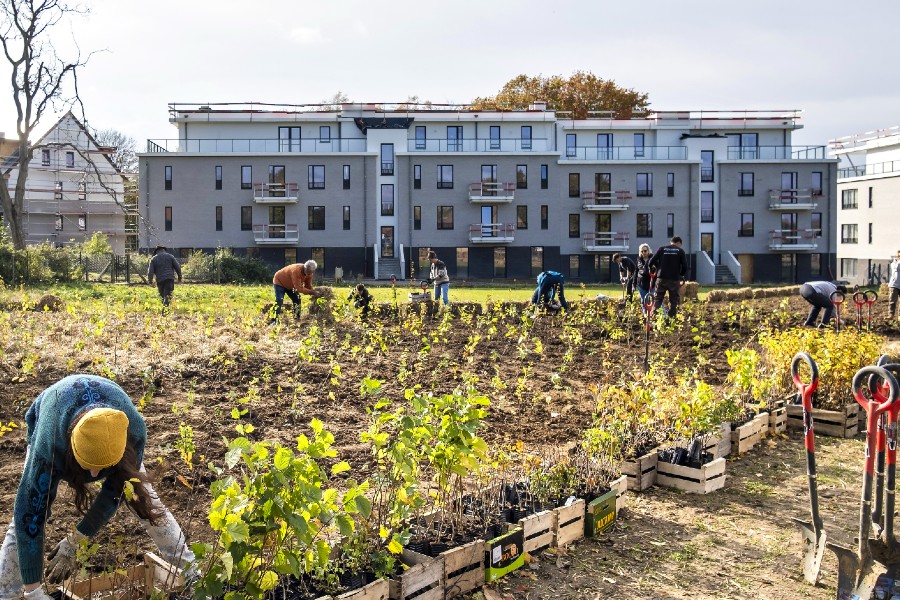
Equilis | Terra Nostra, Braine-l’Alleud
Oxygen in Auderghem: a tabula rasa for the better
In Brussels, the trend is towards renovation rather than construction, or even demolition and reconstruction.The Oxygen project, located at the entrance to the Soignes forest and the Woluwe valley in Auderghem, is a case in point: it involves the demolition of an office building from the 1960s and the reconstruction of a residential tower of more than 11,000 square metres. The ten-storey building contains 89 flats and 930 square metres of retail and office space.
Supported by Besix Red, Oxygen has focused on sustainable features such as very low energy consumption and triple glazed windows. The project complies with the 2015 EPB requirements for energy performance of buildings – the most stringent legislation in this field. Finally, most of the residential units in Oxygen have received an A rating in terms of energy performance.
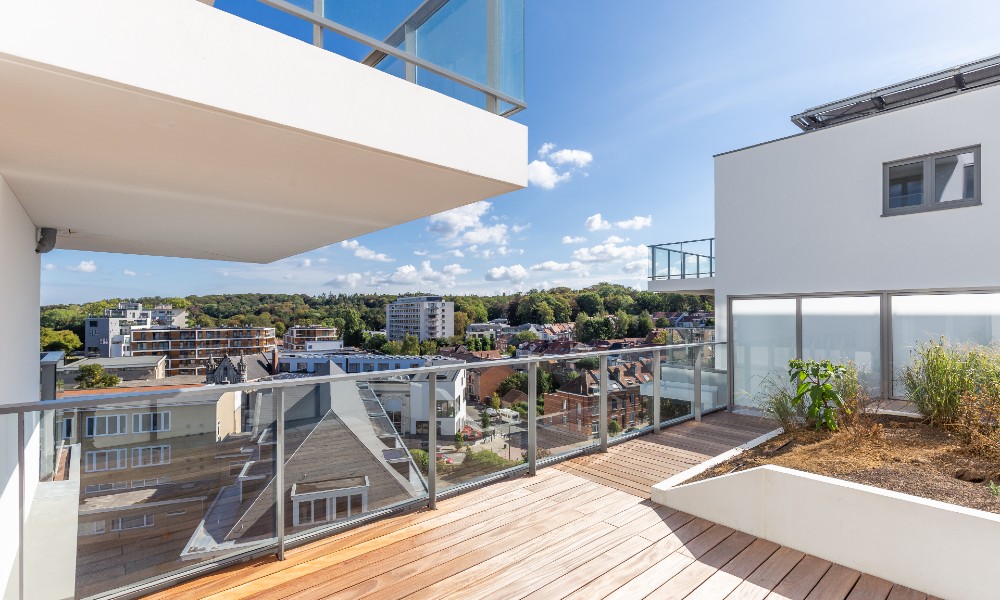
Besix Red/Photo: Utku Pekli | Oxygen, Auderghem
Esprit Couverboie, avant-garde and pedestrian near Louvain-la-Neuve
Another large-scale project developed by Besix is Esprit Courbevoie. This unique, five-year titanic project is the result of a temporary and successful collaboration between the Thomas & Piron and Besix groups (Besix Red for the development and Jacques Delens for the construction).
On the edge of the city centre of Louvain-la-Neuve, the project includes more than 500 housing units, offices and car parks on the edge of the Baraque forest park, 300 metres from the L’Esplanade shopping centre and all amenities.
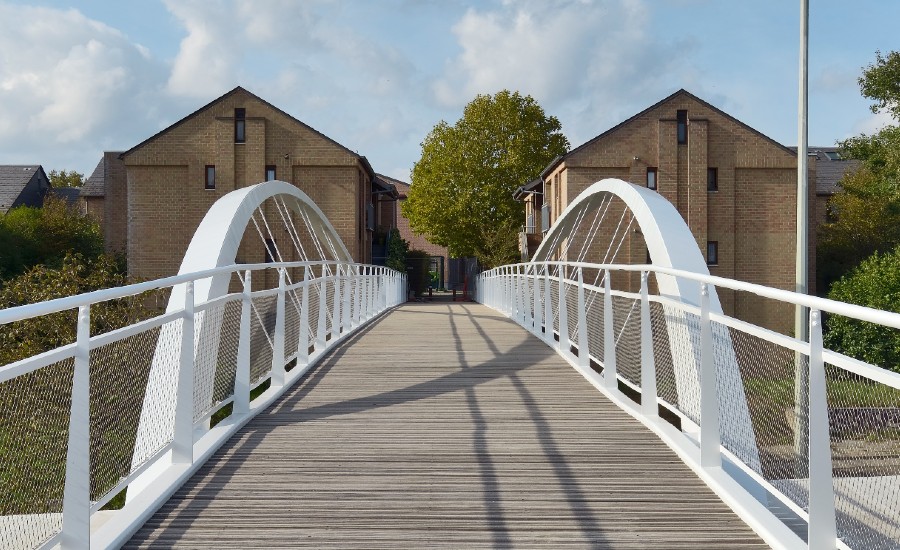
Besix Red | Esprit Courbevoie, Louvain-la-Neuve
Esprit Courbevoie has naturally used the latest technology for its heating, insulation and ventilation systems. “This generates considerable savings, with consumption reduced by half or even three-quarters, depending on the case, compared with older techniques”, explains Jean-Luc Son, chairman and CEO of the REIM real estate consultancy and director of this project. “Furthermore, when we started designing Esprit Courbevoie,” he continues, “we anticipated environmental standards that have become commonplace today. We were ahead of the curve, not knowing what the legislative developments in construction would be in the near future”.
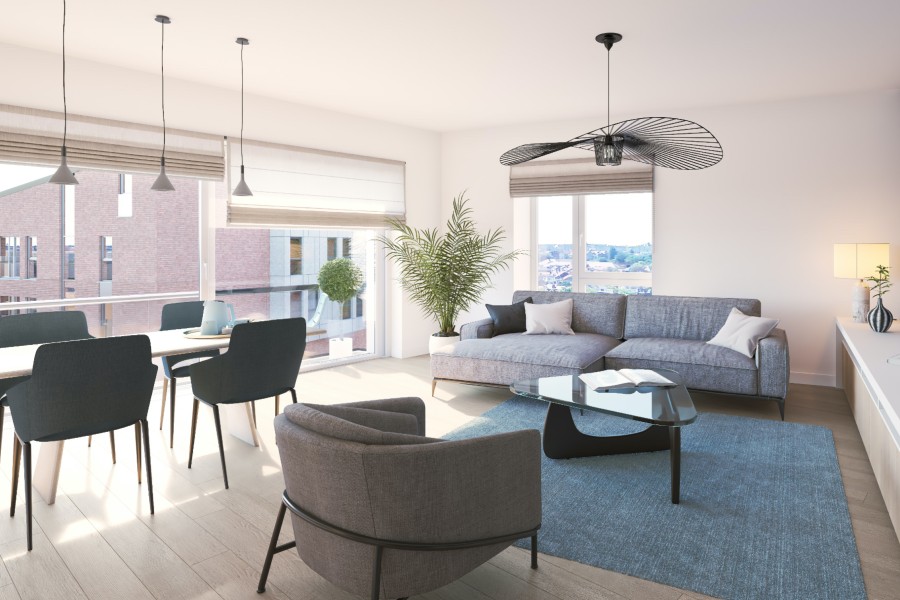
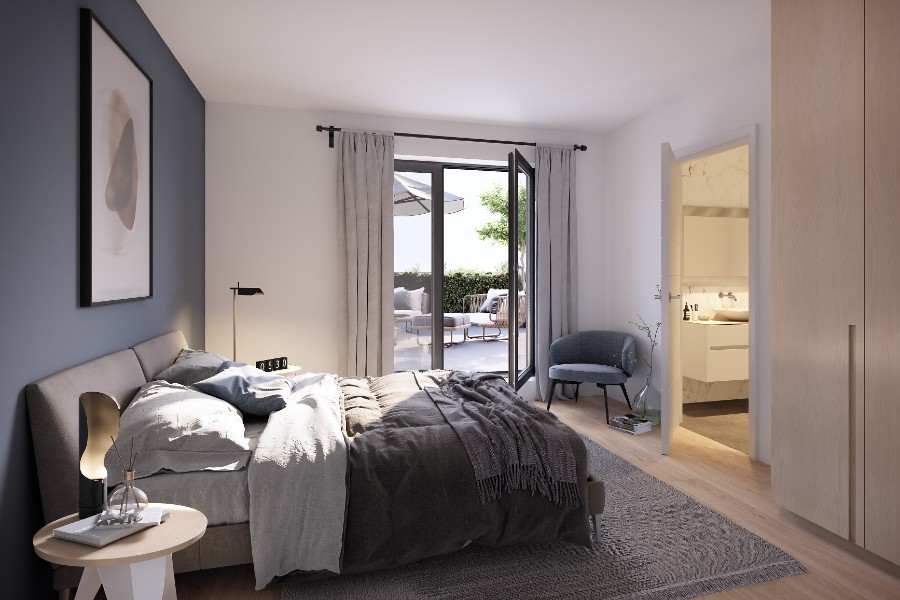
Besix Red | Esprit Courbevoie, Louvain-la-Neuve (interiors)
Entirely pedestrianised and facing a park, Esprit Courbevoie has also dealt with the problem of water by means of storm water basins. These allow rain to be stored temporarily before being released into the ground, surface water or a sewer system. “These are landscaped basins that are attractive to look at and where suitable vegetation grows”, explains Jean-Luc Son. “We also worked on pedestrian links and added two footbridges to connect the different districts. The project thus remains very pleasant from a landscape and environmental point of view”.
Multi: Brussels’ first carbon neutral building
At the end of 2022, 900 Total employees will occupy Multi, the first fully CO2-neutral office building in Brussels, developed by Immobel. This project will give a second life to the famous De Brouckère (formerly Philips) tower, which was built in the 1960s.
With 19 floors and over 45,000 square metres of floor space, the building aims to retain 89% of the materials in situ as the building is not destroyed. In addition, at least 2% (by value or weight) of the reused materials used in the project are from urban mining; they come from construction sites outside the building site. This is the highest rate ever achieved in sustainable redevelopment.
In 2019, Immobel and Whitewood had already signed a 15-year lease with Bpost, which will soon move into the building. Immobel will also move its headquarters to Multi in 2022. Located near the De Brouckère metro station and 800 metres from the Central Station, the building offers a number of services: open communal spaces, private roof gardens, a post office, a bank, shops and a soft mobility offer (bicycle parking and electric steps on each floor).
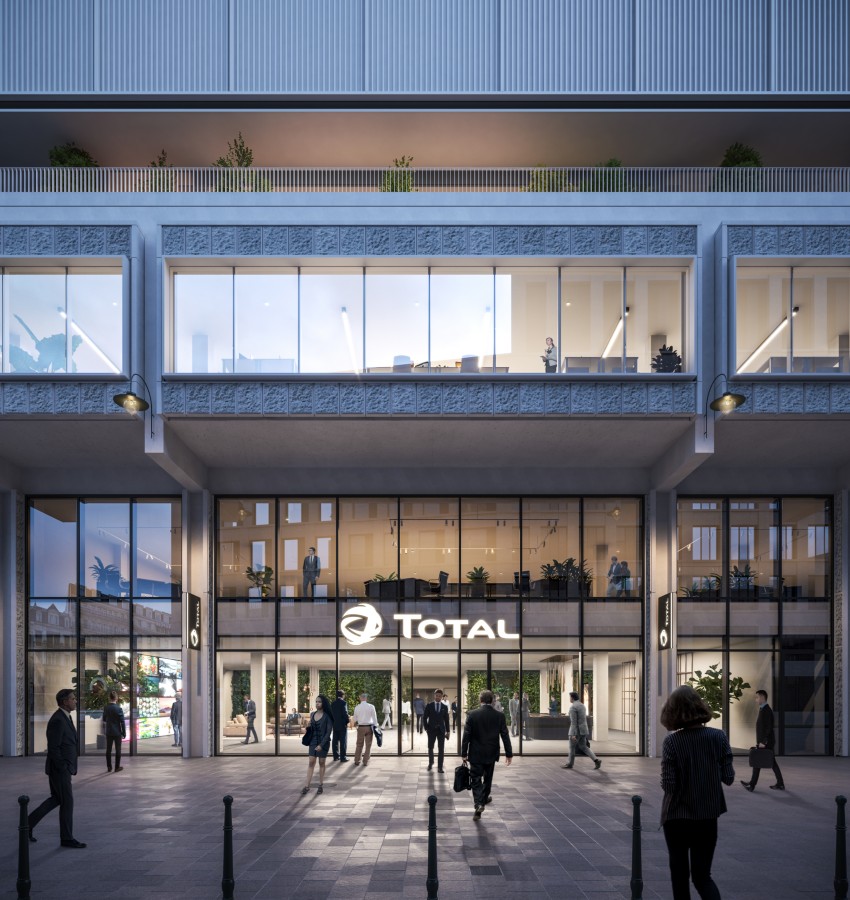
Immobel | Multi, Brussels
Is renting in Brussels the future?
The latest major project in the Belgian capital is the Vicinity Affordable Housing Fund, owned by public and private investments (banks, insurance companies, pension funds and the Belgian state). This first real estate investment fund dedicated to affordable and sustainable housing in Belgium already owns 14 buildings in Brussels for a total of 100 million euros and aims to buy ten more in the short term.
“The project is based on two observations: firstly, the middle class is finding it increasingly difficult to access housing. Secondly, the Brussels residential market is moving more and more towards renting, becoming more professional and institutionalised. In this context, we wanted to develop a residential real estate project in order to manage and maintain it”, explains Jean-Baptiste Van Ex, founder and CEO of Vicinity. “Fifteen years ago, 60% of the population in Brussels was owner-occupied and 40% was rented. Today, we are 49% owners and 51% tenants, and this trend is expected to increase over time”.
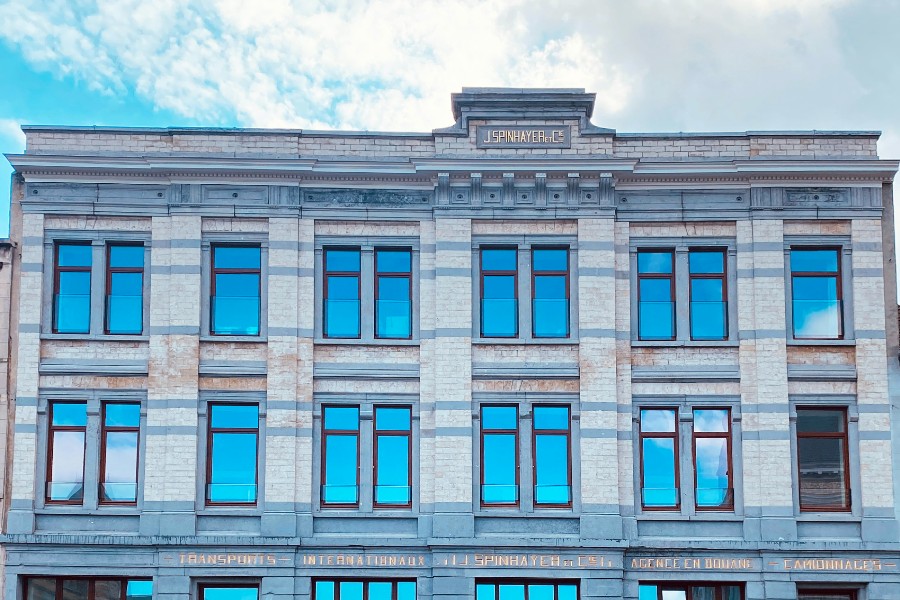
Vicinity | Spinayer, Brussels
The buildings in Brussels, 80% of which date from before 1980 and whose rents are increased by heavy charges, are often dilapidated… The objectives of Vicinity’s investment fund are to invest in totally passive buildings, with 100% rainwater recovery, electricity from solar panels, but also and above all in a rent package that includes utilities, energy, wireless internet and access to common areas (laundry rooms, kitchens and even lounges, dining rooms, teleworking areas and common gardens). “Energy transition and digitalisation are our main challenges. In particular, our tenants will be able to access their actual energy consumption via an IT platform”, continues Jean-Baptiste Van Ex.
“Two of our buildings in Brussels have won the Exemplary Building Award (a guarantee of efficient eco-construction or eco-renovation). But we don’t intend to rest on our laurels: our next challenge remains the circular economy with the introduction of recycled materials in our buildings that can be reused in the future”.
